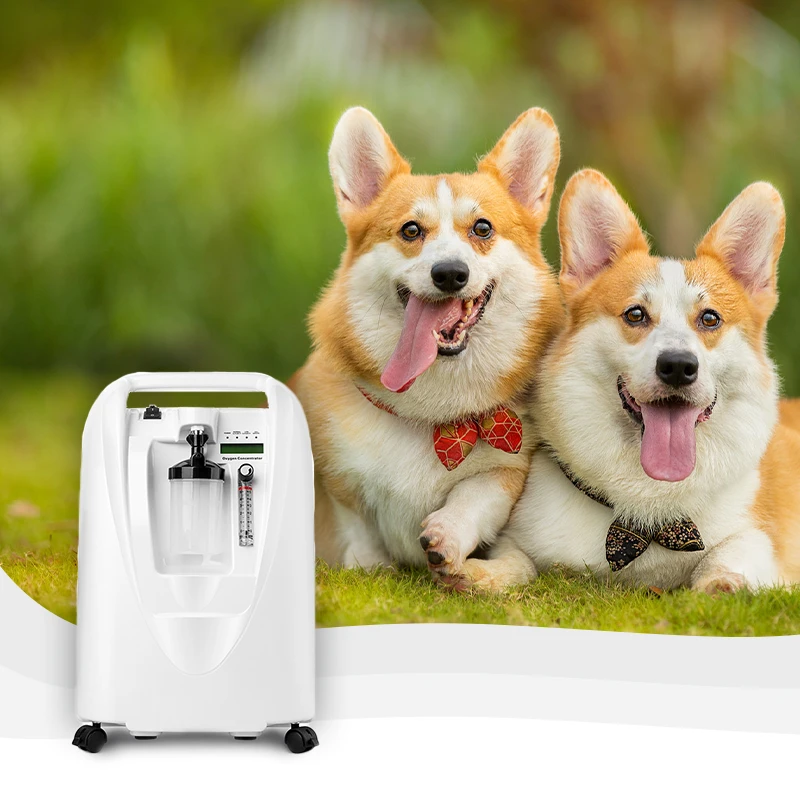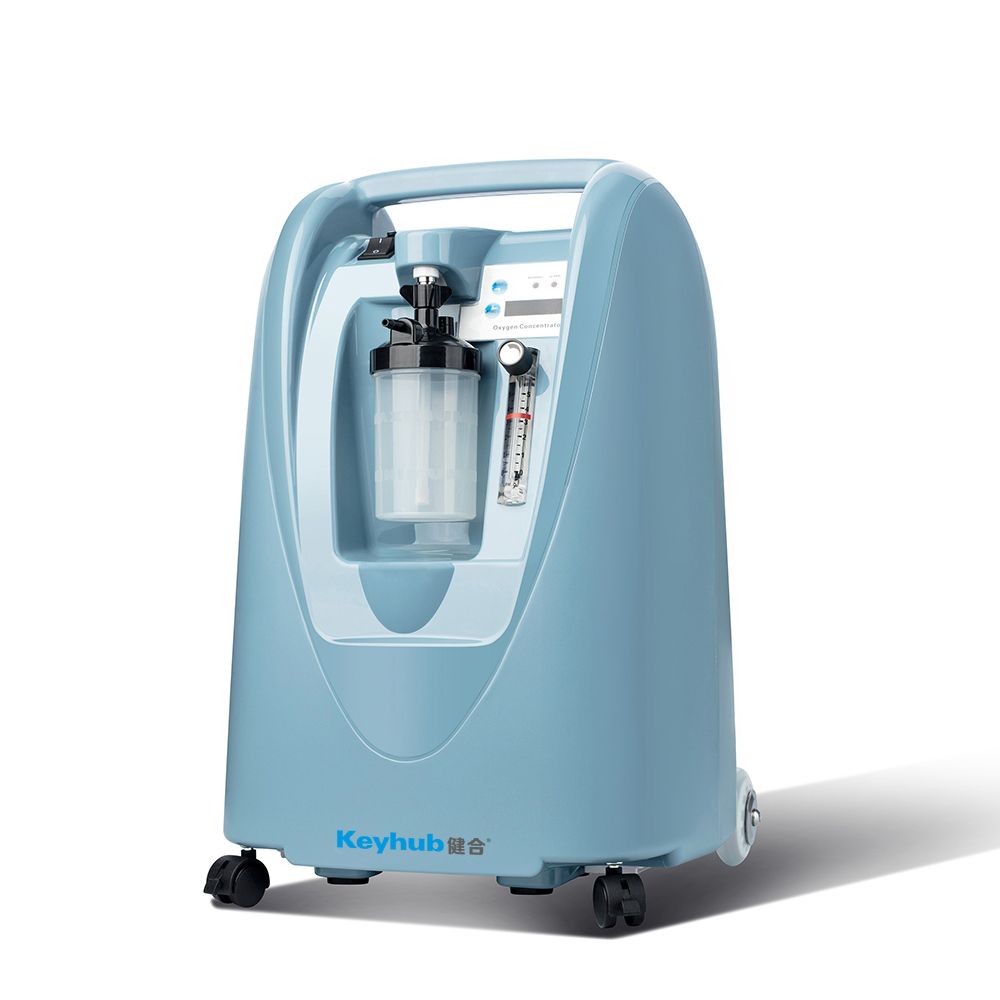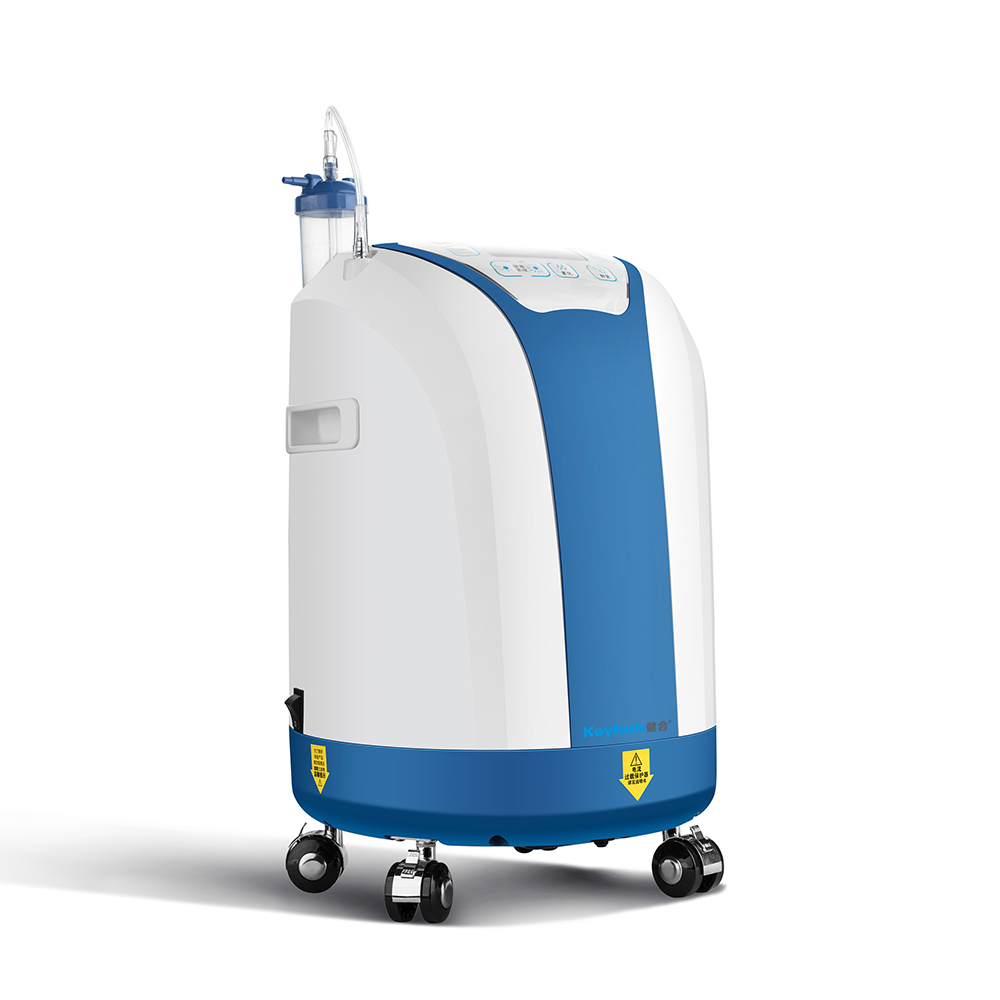Veterinary oxygen concentrators have changed how oxygen therapy is administered in veterinary practices. These devices offer a continuous supply of oxygen, which is crucial for treating animals with respiratory issues, during surgeries, and in emergencies.
History of Veterinary Oxygen Concentrators
The use of oxygen concentrators in veterinary medicine began in the early 2000s. Initially designed for human use, these devices were adapted for veterinary applications due to their efficiency and cost-effectiveness.
How Veterinary Oxygen Concentrators Work?
Oxygen concentrators operate using a process called molecular sieve pressure swing adsorption. Here’s a step-by-step breakdown of how they function:
Air Intake: The concentrator pulls in ambient air through an intake filter, removing dust and other impurities.
Compression: The air is compressed and passed through a zeolite molecular sieve, which selectively captures nitrogen molecules, allowing oxygen to pass through.
Oxygen Delivery: The oxygen-enriched air is collected and delivered to the patient via tubing systems such as masks, nasal cannulas, or endotracheal tubes.
Release of Nitrogen: The nitrogen is periodically released from the sieve bed, ensuring a continuous cycle of oxygen production.
Benefits of Veterinary Oxygen Concentrators
Oxygen concentrators significantly improve patient outcomes in veterinary clinics through several key mechanisms:
Ease of Use: These devices are user-friendly, with automated features that simplify operation and maintenance.
Continuous Oxygen Supply: Unlike traditional oxygen tanks that require frequent refilling, oxygen concentrators provide a continuous and steady supply of oxygen. This ensures that animals receive uninterrupted oxygen therapy, which is crucial for their recovery, especially during surgeries and post-operative care.
Cost-Effectiveness: Oxygen concentrators reduce the logistical challenges and costs associated with traditional oxygen cylinders. They eliminate the need for regular deliveries and storage of oxygen tanks, which can be both costly and cumbersome. This cost-saving can be redirected towards other critical areas of patient care.
Enhanced Control and Precision: These devices allow veterinarians to adjust the flow rate and concentration of oxygen according to the specific needs of each patient. This customization ensures optimal respiratory support, minimizing the risk of complications during medical procedures.
Improved Recovery Times: By ensuring a continuous supply of high-purity oxygen, oxygen concentrators promote better tissue oxygenation. This aids in the healing process, reduces the risk of postoperative complications, and leads to faster recovery times for the animals.
Reduced Stress and Improved Wellbeing: Animals treated with oxygen concentrators often experience reduced stress and improved overall well-being. This results in shorter hospital stays and enhances the quality of life for the patients.
Safety and Reliability: Oxygen concentrators are safer compared to compressed oxygen cylinders, which pose risks of leaks and explosions. The concentrators are designed to be user-friendly and require minimal maintenance, ensuring reliable performance over time.
The integration of oxygen concentrators into veterinary clinics enhances patient care by providing a reliable, cost-effective, and safe source of oxygen, leading to better patient outcomes and overall practice efficiency.
Conclusion
Veterinary oxygen concentrators have become an essential tool in modern veterinary practices, offering numerous benefits such as continuous oxygen supply, cost savings, and improved patient outcomes. By understanding these factors, veterinary professionals can make informed decisions about integrating oxygen concentrators into their practices, ultimately enhancing the quality of care provided to their animal patients.







